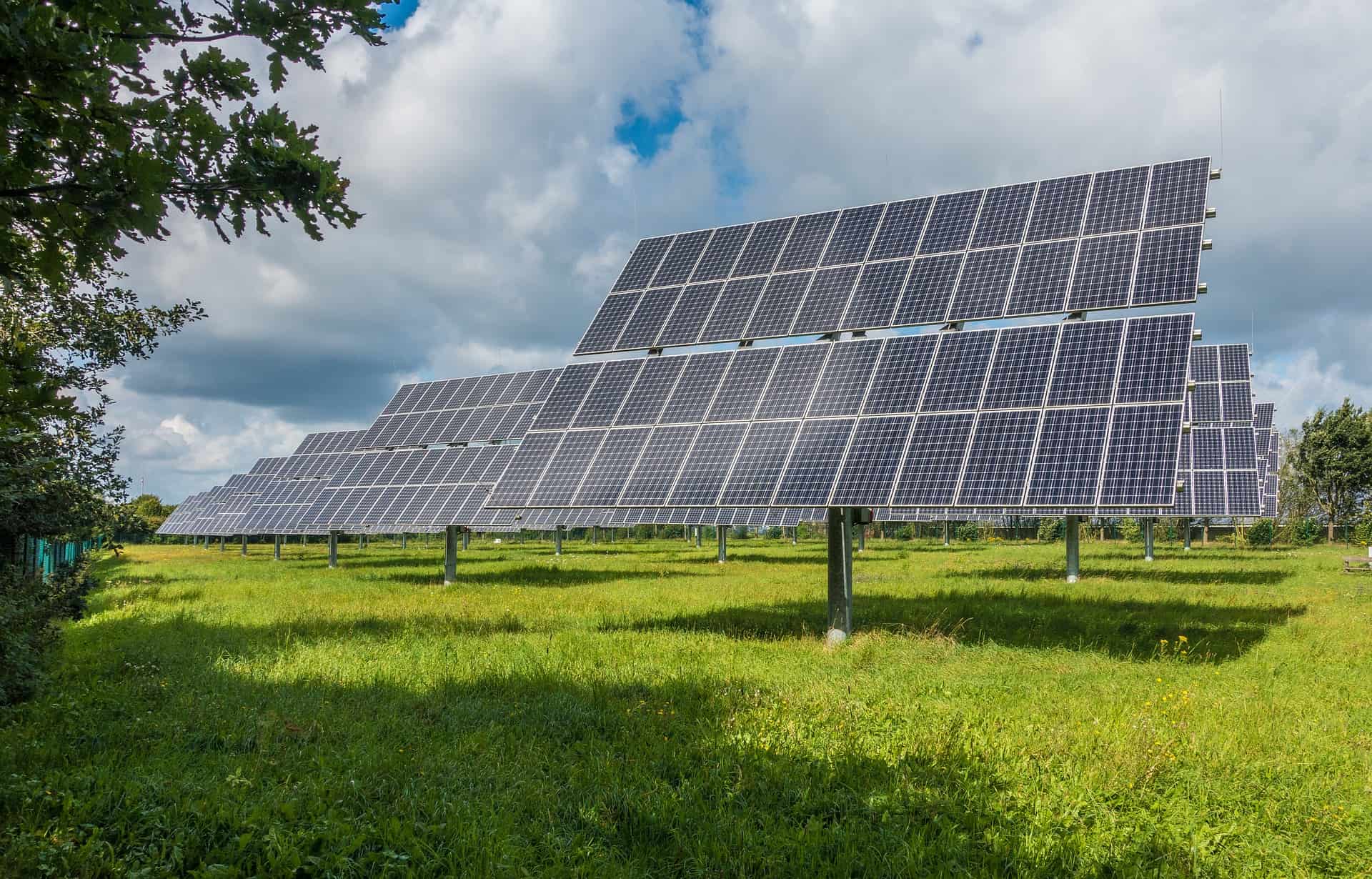Solar power costs in the United States have decreased 80 percent since 2009 according to the US Department of Energy (DOE).
Federal incentives have spurred dramatic increases in solar deployment, according to the new report.
The price has dropped from a little less than $0.30 per unit in 2009 to around $0.04, according to a chart shared by the DOE.
It added that its Solar App+ online tool could also cut the time to obtain a solar permit to less than a day.
The department said this while releasing on Wednesday the third edition of the Solar Power in Your Community report, its guidebook to help local governments unlock environmental and economic benefits of increased solar deployment in their communities.
This latest edition contains nearly 40 case studies from around the US that show field-tested approaches to reduce solar market barriers, highlights new technologies, and strategies to maximize the benefits of solar, such as combining solar with energy storage to improve resilience
It also emphasizes strategies for improving the equity of solar deployment at the local level.
These efforts are expected to support the deployment of more solar energy to reach the Biden-Harris administration’s goals of achieving 100 percent clean electricity by 2035 and a net-zero economy by 2050.
“The DOE’s solar guidebook is a must-have reference for local governments interested in using proven strategies to speed up going solar and cut energy bills for their residents,” said US Secretary of Energy Jennifer M Granholm.
She added: “From reducing solar permitting delays and other soft costs to expanding solar benefits to renters and other non-traditional solar users, we’re providing more localities with the tools to succeed in delivering cheaper, cleaner power while generating good-paying local jobs.”







